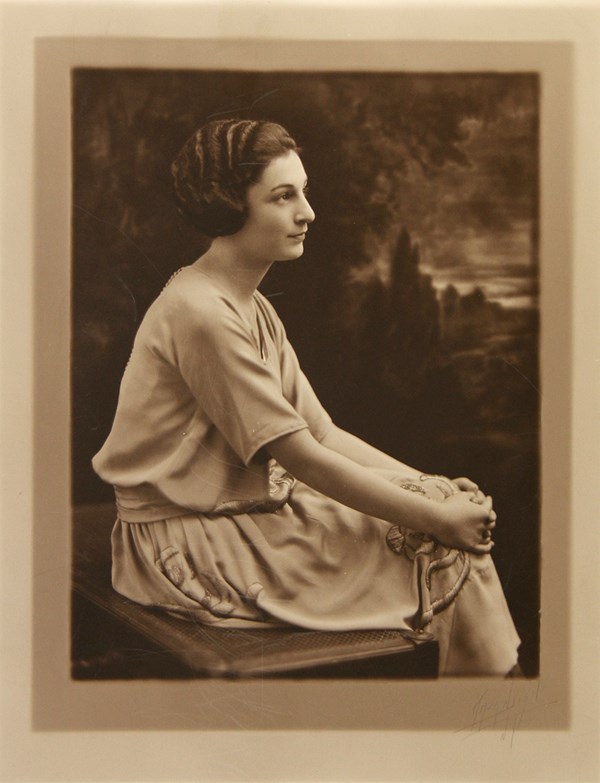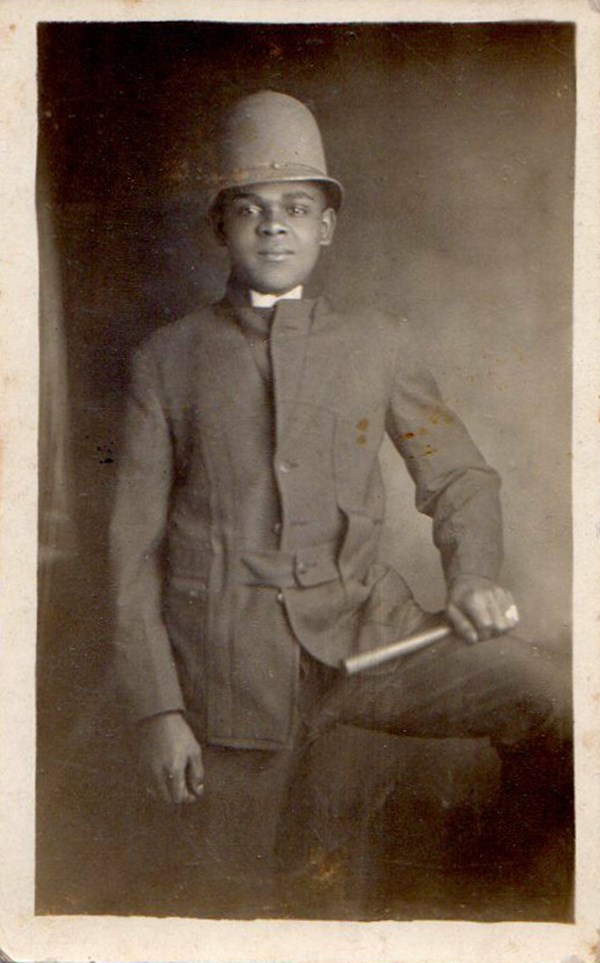
Aram Kazanjian
1900 - 1940s
Aram Kazanjian was born in the early 1880s and emigrated to the United States of America at the age of 16. While studying in Paris, he learnt that his parents had been murdered during the Hamidian massacres, forcing his decision to move permanently to the USA. After settling in Boston, Kazanjian turns to commercial photography, and within a few years he managed to open his first studio called "Aram", located on 160 Tremont St.(1) There is little doubt that he would have made the acquaintance of the famous Boston-based compatriot, photographer John Garo, with whom Kazanjian possibly apprenticed at the beginning of his career. In 1905, he participated in a local photo-competition and won the first prize.(2) Moving to New York with his wife and children In 1914, Kazanjian’s self-titled studio soon becoming one of the more prestigious photo-pavilions in Manhattan. It was located on the 5th Avenue – a busy and important thoroughfare, where many of the city's key social and cultural institutions were located. Kazanjian’s customer base included New York’s business elites, as well as actors, politicians and artists. The world-famous photographer Dorothy Lange (among other notable photographers whose names haven’t reached us) passed through his studio as an assistant in the 1920s.(3) Kazanjian's daughter Arlene Francis, also managed to make a name for herself as a respected radio and television actress. In the 1930s, the studio changed its name to Kaiden-Kazanjian. It is likely that Kaiden was either Kazandjian’s son, or some other related business partner, but the unchanging stylistic approach of the studio’s output allows us to assume that Aram remained the chief artistic voice of the establishment at least until the late 1940s.
As an ‘upper-class’ photographer, Kazanjian's photography shares many common traits with manifestations of art nouveau and art deco styles in commercial photography of the 1920s and early 40s. With its emphasis on surface beauty and glamourising, such stylisation gives his portraits a demonstrably adulatory and flattering character. Enveloped in softly shaded atmosphere and subtle tonal passages, these photographs also point to Kazanjian’s taste for 17th century Dutch portraiture. After his retirement, the photographer completely dedicated himself to painting landscapes and portraits as a hobby.(4)
1) Marc A Mamigonian, The Armenians of New England: Celebrating a Culture and Preserving a Heritage, Armenian Heritage Press, 2004, pp.196-197
2) The Photographic Times, Volume 38, Photographic Times Publishing Assn., 1906, p.432
3) Kerry Acker. Dorothea Lang, Infobase publishing, 2004, p.3
4) Arlene Francis with Florence Rome. Arlene Francis: A Memoir, Simon & Schuster, New York, 1978, էջ 4–5
Nationality
American, Armenian
Region
USA, Ottoman Empire
City
Istanbul (b.), Boston, New York
Studio
Kazanjian; Modern Photo Studio
Activity
artistic, studio
Media
analogue photography
Bibliography
The Photographic Times, Volume 38, Photographic Times Publishing Assn., 1906, p.432
Francis, Arlene with Florence Rome. Arlene Francis: A Memoir, Simon & Schuster, New York, 1978, pp.4–5
Mamigonian, Marc A. The Armenians of New England: Celebrating a Culture and Preserving a Heritage, Armenian Heritage Press, 2004, pp.196-197
Collections
Lusadaran Armenian Photography Foundation, Yerevan; Metropolitan Museum of Art, New York

